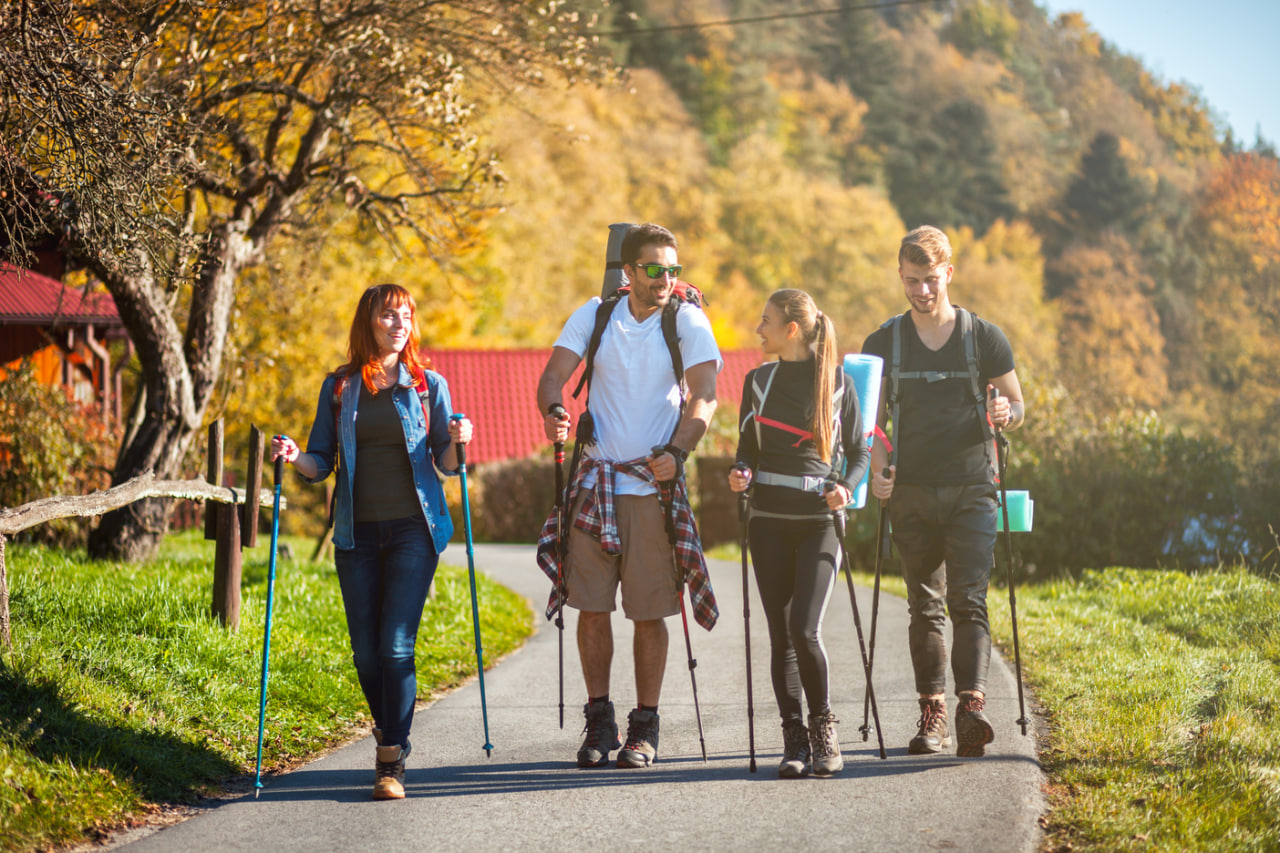Beginner’s Guide to Nordic Walking: Tips for Perfect Technique
What Is Nordic Walking?
Nordic walking is a dynamic and accessible form of exercise that combines regular walking with the use of specially designed poles. This activity originated as an off-season training method for cross-country skiers in Finland but has since become popular worldwide for its numerous health benefits. Unlike regular walking, Nordic walking actively engages your upper body, including your arms, shoulders, and core, making it a full-body workout.
Why Technique Matters
Using the correct technique in Nordic walking is essential to maximize benefits and prevent injuries. Proper form ensures you engage the right muscle groups, improve posture, and maintain efficiency with every step. Beginners often focus on the poles themselves, but how you coordinate your arm movement with your walking stride is key to an effective workout.
Choosing the Right Equipment
Before you hit the trail, having the right equipment is important. Nordic walking poles differ from trekking poles as they have a special strap system designed to push off efficiently. Make sure your poles are the correct height; a simple formula is to multiply your height by 0.68 to find the ideal pole length. For example, if you are 170 cm tall, your poles should be around 115 cm. Adjustable poles can be helpful if multiple people will use them or for walking on varied terrain.
Mastering the Basic Technique
- Posture and Stance: Stand tall with your shoulders relaxed and your gaze forward. Your spine should be straight, not leaning forward or backward.
- Pole Placement: As you step forward with your right foot, plant your left pole diagonally behind you, near your heel, to push off. The pole should touch the ground slightly behind your body, not directly underneath.
- Arm Movement: Swing your arms naturally but with a purposeful motion. When your right foot moves forward, your left arm should extend back, and vice versa. The elbow should be slightly bent, approximately 90 degrees.
- Grip and Strap Use: Hold the pole grip lightly with your fingers wrapped around the handle, not gripping too tightly. Use the wrist strap to transfer power effectively without straining your hand.
- Stride: Take natural strides; don’t overextend your legs. The poles help propel you forward, so use them to increase your pace without overstriding.
Common Mistakes to Avoid
- Walking with Poles Too Close: Poles should be placed diagonally behind you, not directly under your body, to maximize push-off power.
- Stiff Arm Movement: Keep arms relaxed and fluid; stiff elbows reduce the workout’s effectiveness.
- Hunching Shoulders: Maintain a relaxed, open chest to promote good breathing and posture.
- Overgripping Poles: Avoid gripping poles too tightly to prevent hand fatigue.
Incorporating Nordic Walking Into Your Routine
Start slowly to build coordination and endurance. Begin with sessions of 15 to 20 minutes and gradually increase duration and intensity. You can practice Nordic walking in parks, on trails, or even urban sidewalks. Many communities offer classes or groups, which can be a great way to learn proper technique and stay motivated.
Benefits of Proper Technique
When performed correctly, Nordic walking increases calorie burn by engaging up to 90% of your muscles, improves cardiovascular health, enhances posture and balance, and reduces joint impact. It also promotes better breathing and core stability, helping you develop functional strength and overall well-being.
Final Tips for Beginners
Wear comfortable clothing and supportive shoes suitable for walking. Hydrate well before and after sessions. Listen to your body and rest if you experience pain or discomfort. Most importantly, enjoy the rhythm and connection to nature that Nordic walking offers—it’s a workout for your body and mind.

